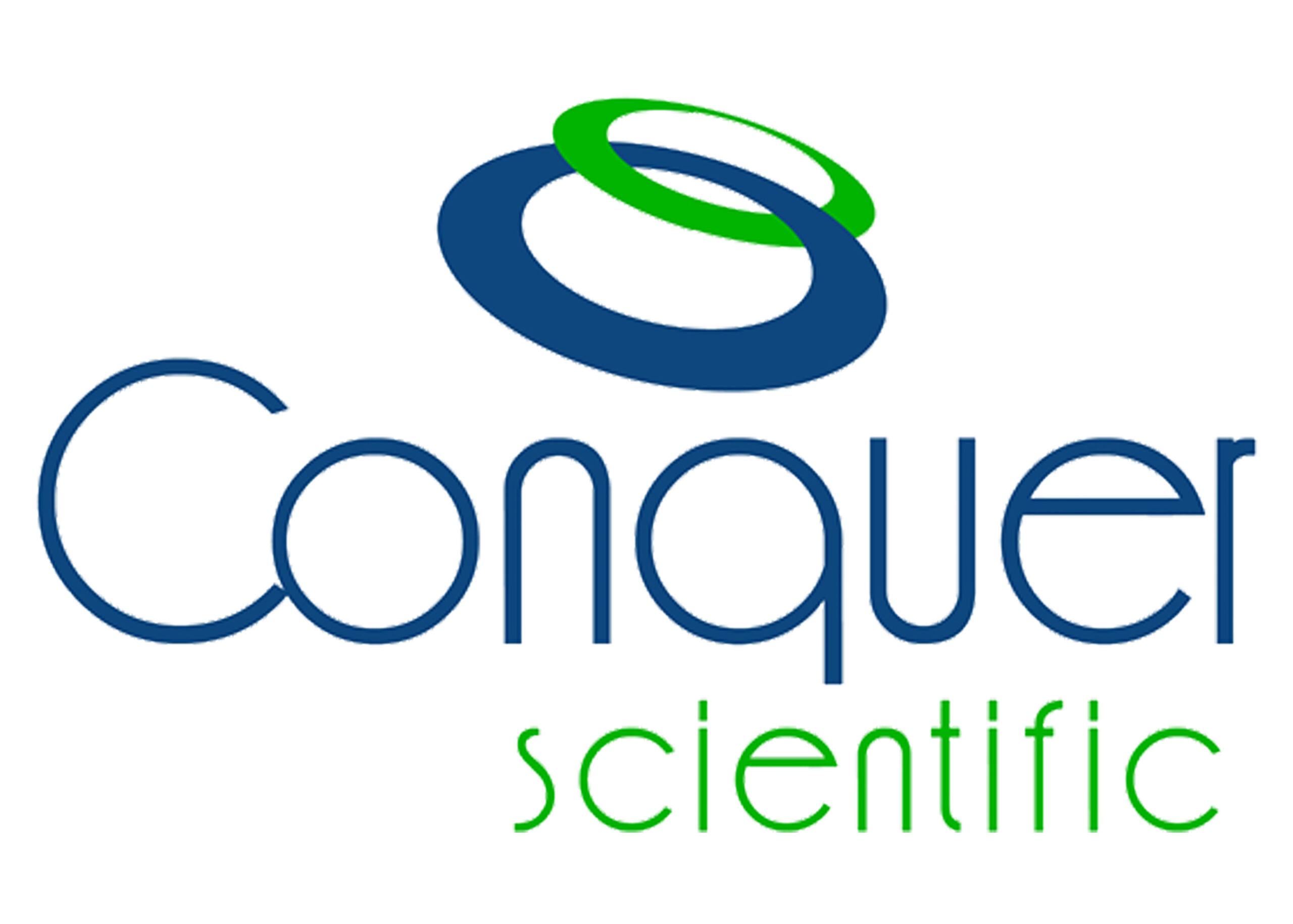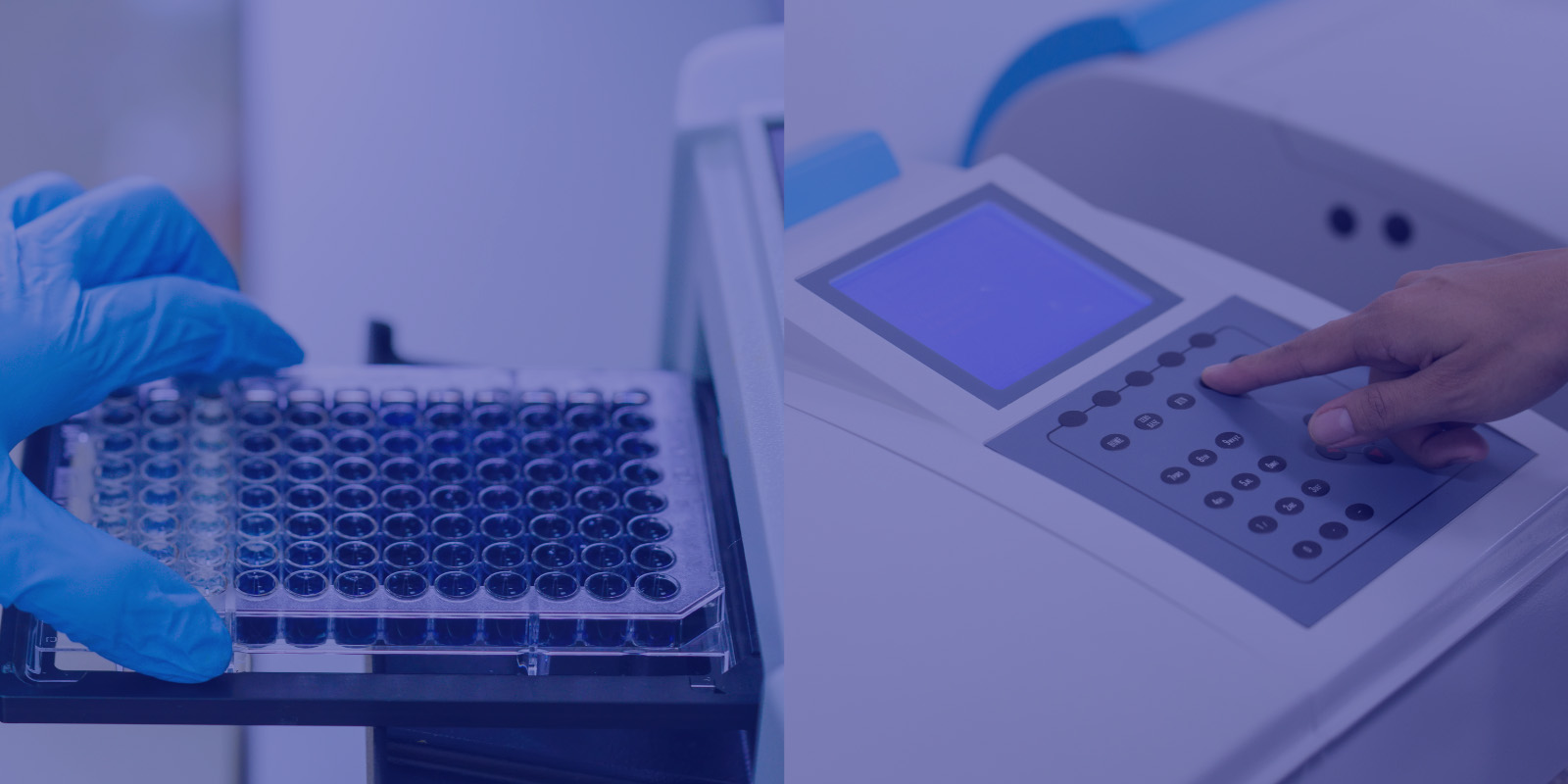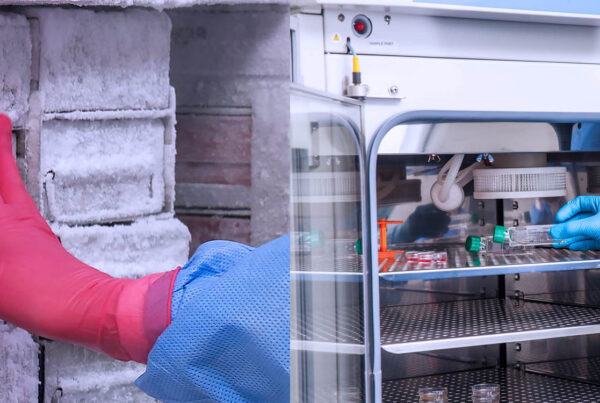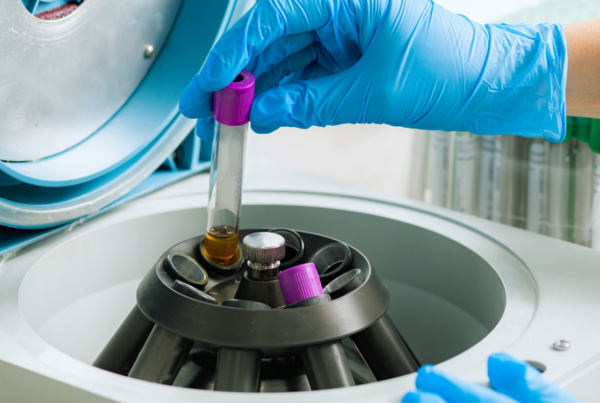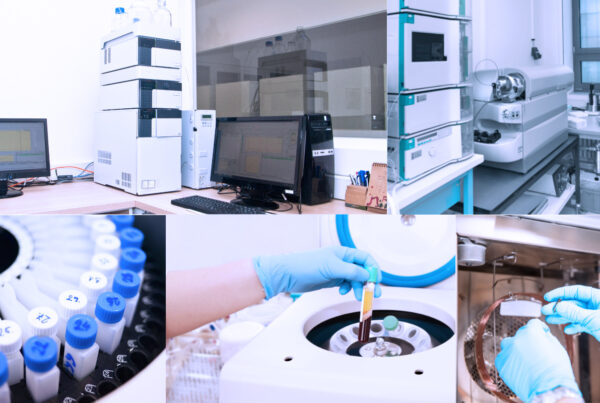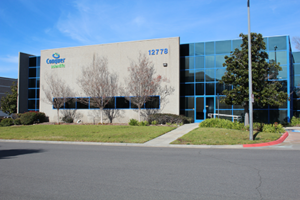Unveiling Distinctive Features and Applications
In the realm of scientific research and laboratory analysis, two instrumental powerhouses, microplate readers and spectrophotometers, have long been aiding scientists in their pursuit of accurate and reliable data. While both instruments share the ability to measure optical properties, they possess distinctive features and serve different purposes. In this blog post, we will explore the contrasts between microplate readers and spectrophotometers, shedding light on their various applications and mode differences.
Microplate readers excel in high-throughput analysis, allowing simultaneous measurement of multiple samples in a microplate format. They offer versatile detection modes, including absorbance, fluorescence, and luminescence, enabling a wide range of assays and experiments.
Understanding Different Modes and Applications
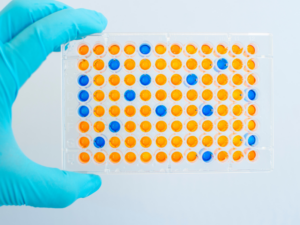
Microplate readers are versatile instruments specifically designed to analyze multiple samples simultaneously using a microplate with multiple wells. They offer a range of modes tailored to diverse applications. The absorbance mode enables researchers to quantify enzymatic reactions, ELISAs, and cell viability assays, while the fluorescence mode allows for gene expression analysis, protein quantification, and detection of fluorescent probes. Additionally, microplate readers equipped with luminescence mode prove valuable in studying bioluminescent reporters and ATP detection. For higher sensitivity and reduced background noise, time-resolved fluorescence (TRF) mode provides an excellent choice. The AlphaScreen/AlphaLISA mode utilizes bead-based assays, enabling the measurement of luminescent signals generated by specific binding partners.
On the other hand, spectrophotometers offer a broader scope of applications by measuring the absorbance or transmittance of samples across a wide range of wavelengths. The UV-Vis mode allows for quantitative analysis of nucleic acids, proteins, and other compounds. Spectrophotometers equipped with fluorescence capabilities broaden their utility by enabling the study of fluorescence properties of molecules and materials. Additionally, spectrophotometers can delve into the world of infrared (IR) mode, providing valuable insights in analytical chemistry, material science, and pharmaceutical analysis. The circular dichroism (CD) mode facilitates the examination of molecular chirality and protein secondary structures. Lastly, Fourier transform infrared (FTIR) mode excels in identifying functional groups and studying molecular vibrations.
When considering used or refurbished lab equipment, Conquer Scientific is a trusted source, offering a wide selection of both microplate readers and spectrophotometers.
